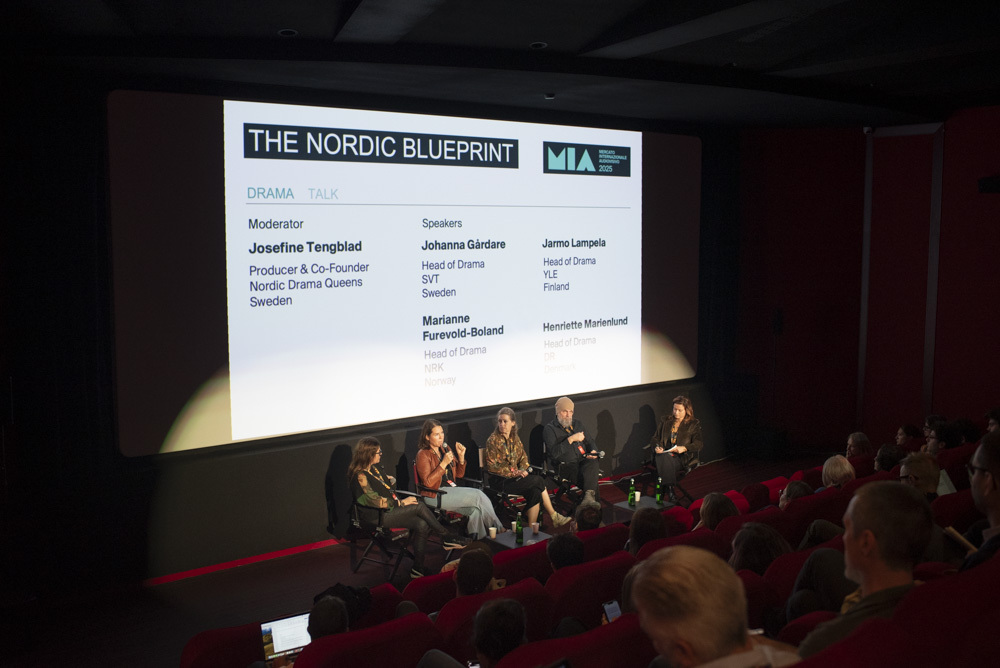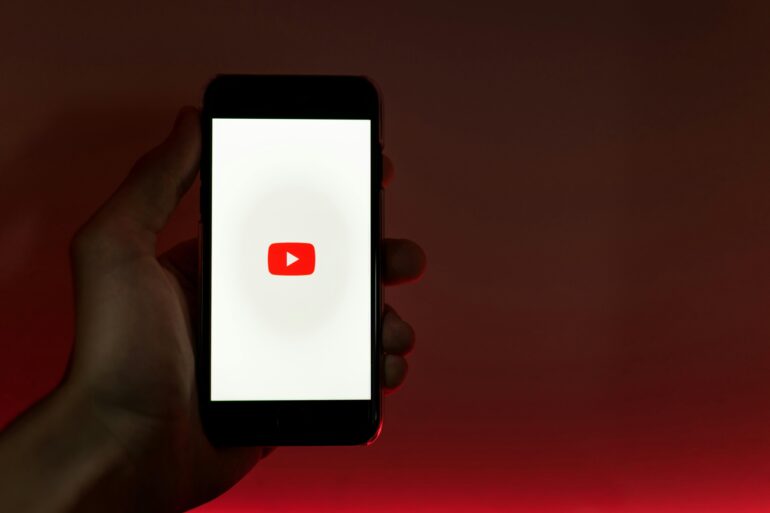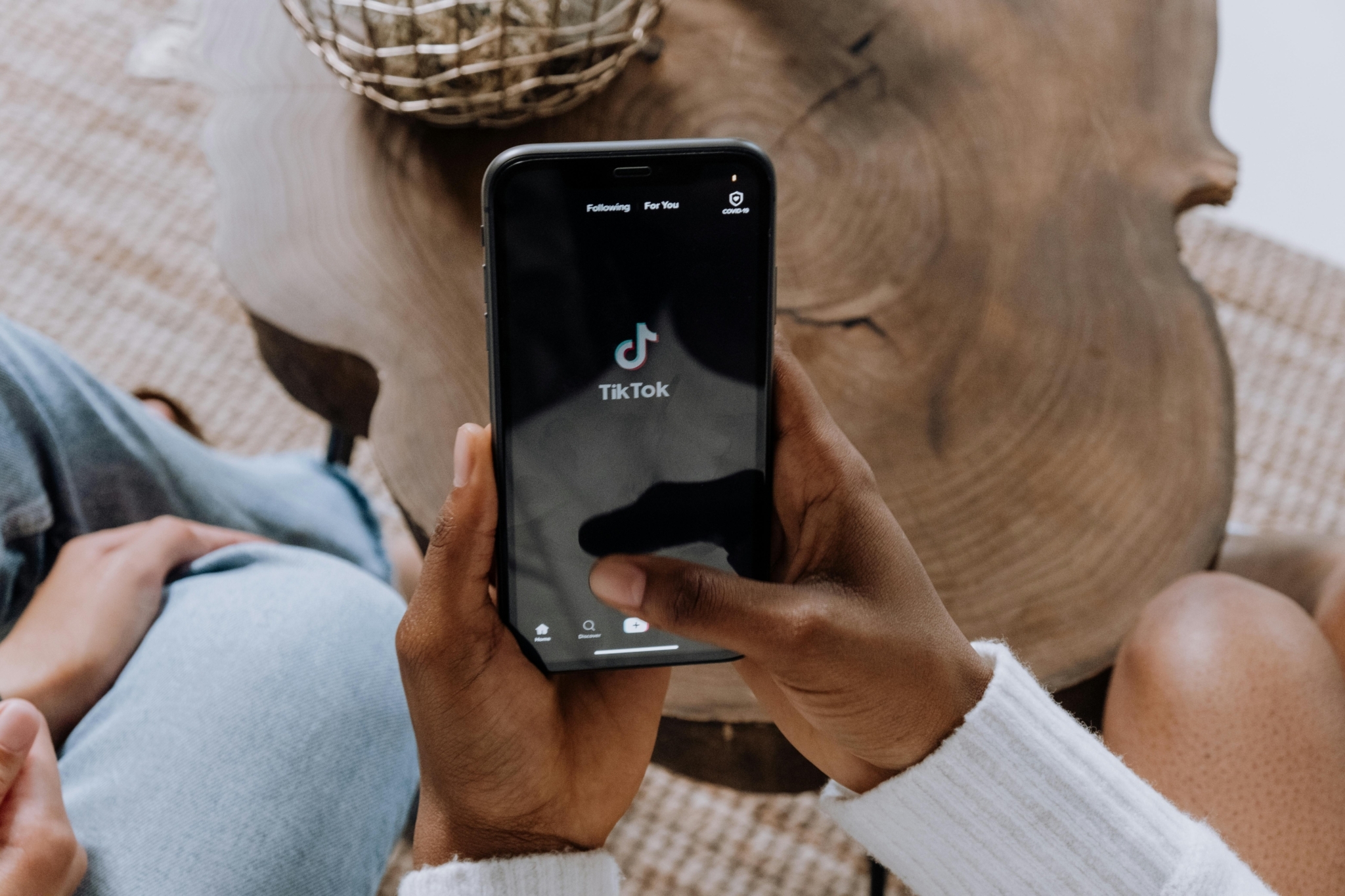
WRITTEN BY: Per Laursen
Today, Nordic broadcasters are slowly adopting the British Ofcom’s advice to grow their presence on YouTube to keep the under-30 audience.
Younger audiences are moving online, and platforms like YouTube take a large share of media consumption; in fact, YouTube is the UK’s second-most-watched service after the BBC. Now, the British broadcast authority Ofcom warns that without new measures, public service media risk losing cultural relevance and being sidelined as an “endangered species”.
“In a world dominated by global streaming platforms, public service media risks becoming an endangered species, and time is running out to intervene to protect it,” Cristina Nicolotti Squires, Broadcasting and Media Group Director, Ofcom, said in a recent statement.
To counter lost ground for public broadcasting, Ofcom proposes that public service TV leverage YouTube to highlight and make accessible news and children's programming. Ofcom also promotes a broader initiative for more ambitious, scale-driven strategic and technological collaborations.
Concerns about big tech
SVT, DR, NRK, and even commercial pubcaster TV 2 Denmark are already planning and expanding their YouTube presence; however, some voices express trepidation about engaging with big tech.
Most common concerns are that public service content may appear alongside inappropriate videos, which can weaken the broadcaster’s brand and editorial standards. YouTube retains control over user data, limiting PSBs’ ability to analyse and engage with the audience directly. PSBs are publicly funded, and sharing content on ad-supported platforms can create conflicts. While public service TV aims to inform, educate, and serve diverse audiences, platforms like YouTube reward engagement and virality — goals that often do not align.
“Public service media's reliance on tech platforms comes with a high price tag: the loss of a direct relationship with the audience (and the data that comes with it); the forfeit of guaranteed prominence,” Martin Moore, a Senior Lecturer in Political Communication Education and Director of the Centre for the Study of Media, Communication and Power at King's College London, wrote.
"Public service must be accessible. It makes sense that public service programmes are also available on platforms other than DR's and TV 2's own. All the quality content should be accessible to everyone – including those who do not necessarily watch linear TV, TV 2 Play, or DR.DK," CEO Anna Porse Nielsen, Danish Producers’ Association, told NFTVF.
“However, it should respect the Danish rights system and require international platforms to prioritise Danish public service content for Danish users, so that it is not algorithms controlled by big tech that are freely allowed to decide who sees what.”
YouTube offers opportunites
In fact, pubcaster DR already has an extended content strategy on YouTube, and has just introduced a new initiative, a “Nature content” channel on YouTube aimed at the 9-14 year-olds.
DR's overall strategy is, not surprisingly, that Danes should consume DR's content on DR's platforms; however, YouTube's strength in distribution and reach plays a significant role when it comes to news and children.
“As a rule, we use YouTube - and other third-party platforms - when relevant for selected target groups - and as a marketing channel,” Team Leader for cross-sectional content and development, Caroline Nautofte, DR, told Flatpanels. Currently, DR uses YouTube to distribute curated content to youth and older children because YouTube has a substantial impact on these demographics.
"Children's and young people's use of YouTube gives us a valuable opportunity to address parts of our public service obligation. For example, regarding current affairs and news content, etc."
SVT primarily utilises YouTube for marketing and communication.
“As the media landscape is clearly evolving, there is a lively discussion on how to reach the audience with public service content. However, SVT's mission, as it is defined today, focuses on publishing and broadcasting on its own channels,” SVT Communication told NFTVF.
It is Snapchat in Norway
NRK’s strategy also prioritises NRK’s platforms, while maintaining a moderate presence on social media.
"We use social media only to reach out to the group that uses our platforms the least - and the main focus here is on young people under 30 years old," Merethe Sveen-Åsegård, Strategic Advisor at NRK, told NFTVF.
In Norway, rather than YouTube, Snapchat has emerged as the largest platform for teenagers and young adults, followed by Instagram and TikTok. NRK’s main focus lies with these platforms.
“But we are aware that young boys use YouTube, which is why we have, among other things, ‘FlippKlipp’ and ‘Junka’. These YouTube accounts aim to build a connection between young boys and NRK so that they will discover us and continue engaging with us over time.”
TV 2 Denmark is changing its tune
As a commercial pubcaster, TV 2 Denmark has taken a different approach so far. TV 2 acknowledges Ofcom's intentions, and recognises that YouTube is a powerful platform, but has treated YouTube as a commercial rival to TV 2 Play, which relies heavily on subscriptions.
"TV 2 follows developments on YouTube, and we are keeping ourselves informed about how other brands and broadcasters are working with YouTube," Commercial Director Stig Møller Christensen, TV 2, told Flatpanels two months ago.
However, the pubcaster/streamer is shifting its stance, as CEO Anne Engdal Stig Christensen, TV 2 Denmark, indicated a new approach to foreign tech platforms a week ago.
“Youth, in particular, face misinformation and manipulated news. This demands our presence, especially on international tech platforms where misinformation spreads," Christensen wrote in a column introducing TV 2’s upcoming five-year strategy.
“It is no longer enough to create strong Danish content. If it is not discovered, used, and shared, it has no impact. And if it does not reach a large audience, it has no public service value,” she wrote.
On 2. October, quotes from the 2030 plan confirmed a future presence on YouTube. “TV 2 must expand the reach of its content through innovative and profitable distribution, and explore the potential of more dedicated distribution on third-party platforms - without cannibalising the core business, and strengthen its own platforms.”


